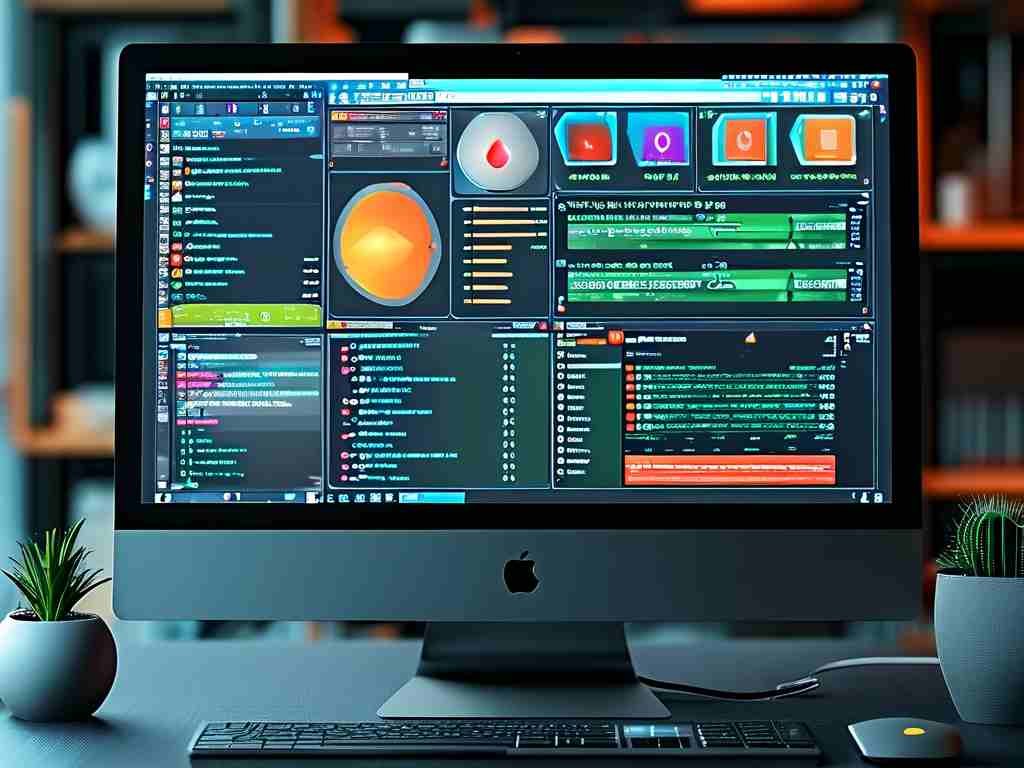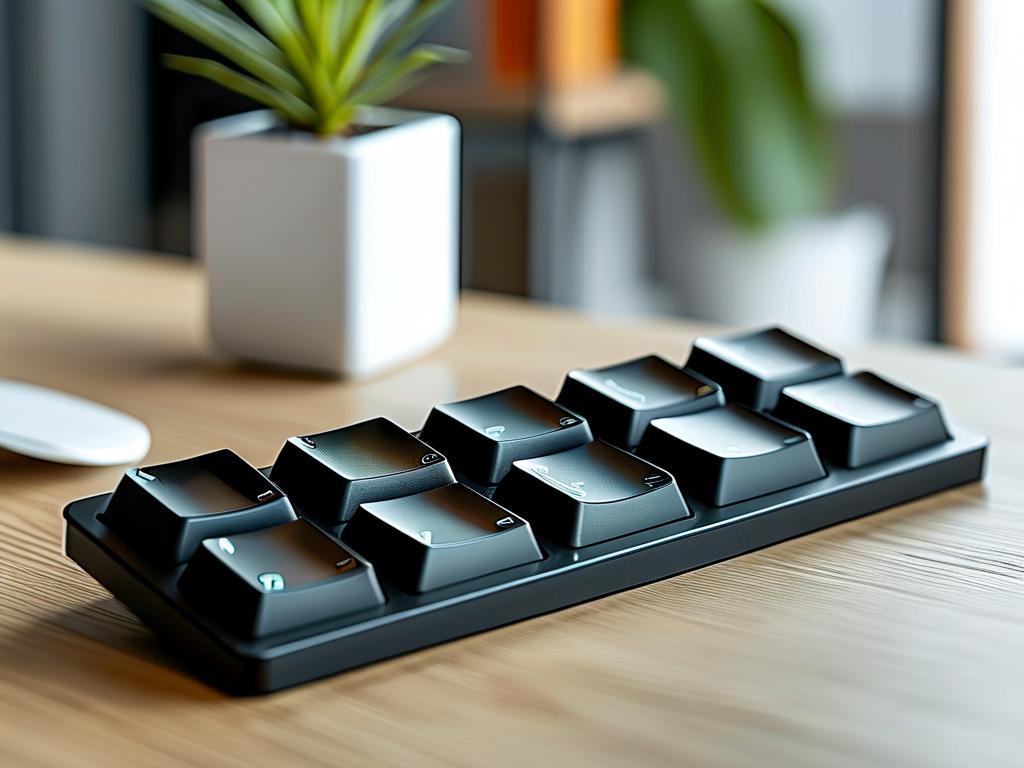In the rapidly evolving landscape of embedded development, video software implementation has emerged as a critical frontier for engineers. Unlike traditional desktop applications, embedded video solutions demand meticulous resource management and hardware-software co-design. This article explores practical strategies for developing efficient video processing software in constrained environments, backed by real-world code examples.

The Unique Challenges of Embedded Video
Embedded systems often operate with limited memory, processing power, and energy budgets. When handling video data streams at 30 FPS or higher, developers must confront:
- Memory fragmentation from frame buffers
- Real-time decoding/encoding deadlines
- Hardware acceleration compatibility
A common pitfall occurs when engineers port desktop video libraries without adaptation. For instance, using standard OpenCV functions on a Cortex-M7 microcontroller typically leads to memory overflows. Instead, developers should leverage platform-specific optimizations:
// Custom frame buffer allocation for STM32H7
#define FRAME_BUF_ALIGN 32
void* alloc_video_buffer(size_t size) {
return memalign(FRAME_BUF_ALIGN, ALIGN(size, FRAME_BUF_ALIGN));
}
Hardware-Accelerated Pipelines
Modern System-on-Chip (SoC) designs integrate specialized video units like H.264 encoders or neural processing units (NPUs). The key lies in constructing hybrid pipelines that combine:
- Hardware blocks for compute-intensive tasks
- Software post-processing for flexibility
Consider this video enhancement workflow on a Rockchip RK3588:
# Pseudocode for hardware/software pipeline
hw_decoder = initialize_h264_decoder()
sw_filter = load_custom_denoise_filter()
while video_stream.active():
raw_frame = hw_decoder.get_frame()
filtered = sw_filter.apply(raw_frame)
display_queue.push(filtered)
Latency vs. Quality Tradeoffs
Embedded video applications often require balancing real-time performance with output quality. A surveillance system might prioritize low-latency H.265 streaming, while a medical imaging device emphasizes lossless compression. Developers can implement adaptive bitrate control:
// Adaptive quantization parameter adjustment
void adjust_qp(FrameStats stats) {
if (stats.frame_time > 33ms) {
current_qp = min(current_qp + 2, 51);
} else if (stats.psnr < 35dB) {
current_qp = max(current_qp - 1, 10);
}
} Testing and Validation Strategies
Robust video software requires comprehensive testing under real-world conditions:
- Thermal throttling scenarios
- Power fluctuation simulations
- Long-duration memory leak tests
A proven approach involves creating a hardware-in-the-loop (HIL) testbench that injects synthetic artifacts into the video stream. This helps validate error correction mechanisms without requiring physical environmental changes.
Future-Proofing Embedded Video Solutions
As 8K video and AI-enhanced processing gain traction, developers must architect systems with:
- Modular codebases for algorithm updates
- Scalable memory architectures
- Energy-aware scheduling algorithms
The integration of machine learning frameworks like TensorFlow Lite for Microcontrollers demonstrates this evolution. By combining quantized neural networks with traditional video pipelines, embedded systems can now perform object detection at sub-watt power levels.
In , successful embedded video software development hinges on understanding both the capabilities of modern hardware and the constraints of deployment environments. Through careful optimization, strategic hardware utilization, and adaptive algorithms, developers can create video solutions that meet stringent performance requirements while maintaining flexibility for future technological shifts.









